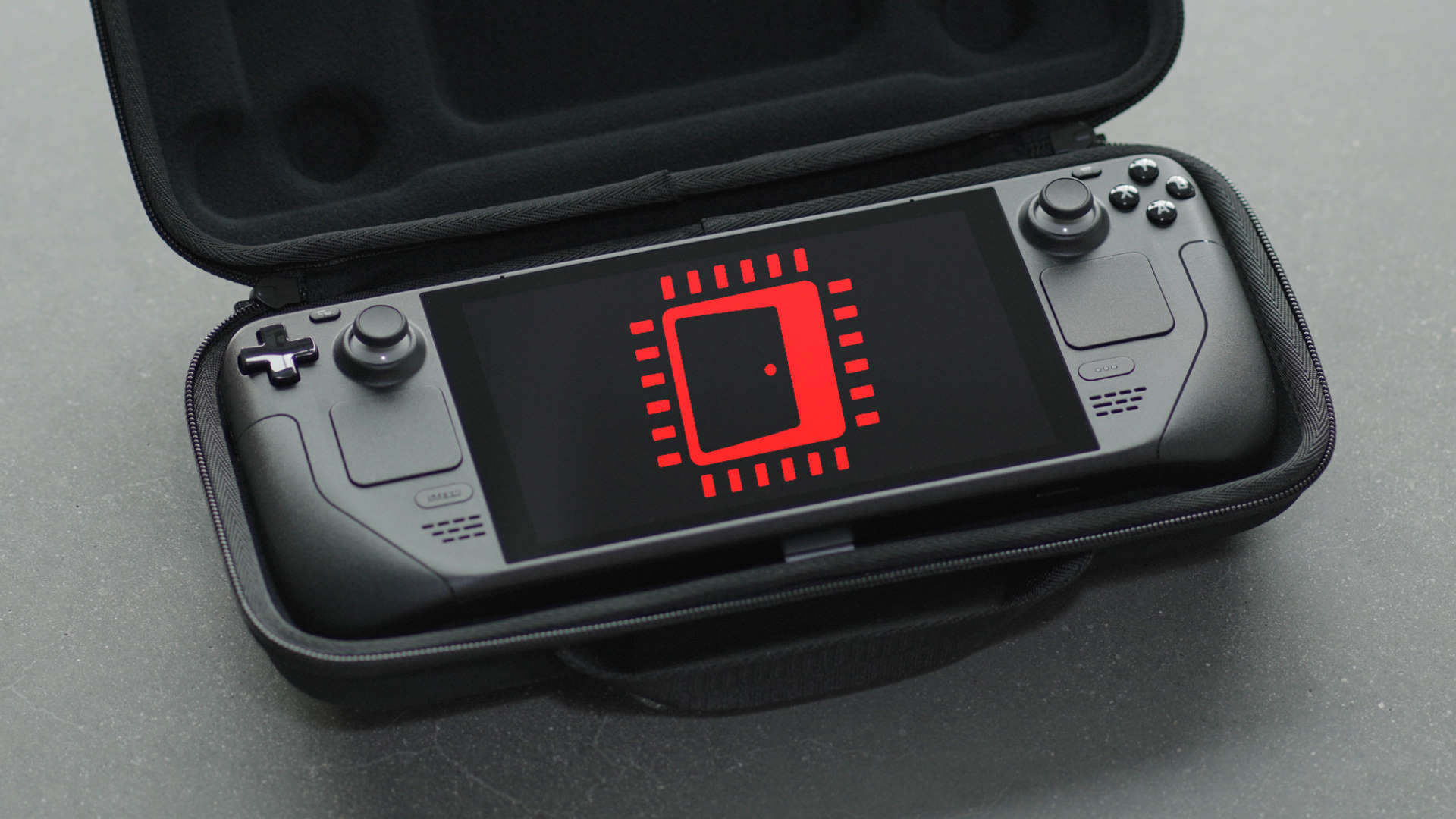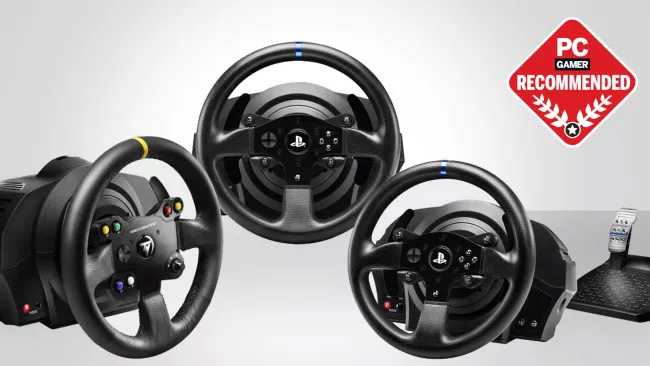Valve's Steam Deck now comes with AMD FSR upscaling as standard on any game
Steam Deck users sticking with SteamOS will benefit from integrated FSR performance boosts, regardless of game support.

Integrated support for AMD's spiffing FidelityFX Super Resolution (FSR) upscaling tech is coming to the Steam Deck for Linux users. It should deliver a decent performance boost for users sticking with SteamOS rather than Windows on the much anticipated handheld gaming device. That's regardless of whether the game has built in support for FSR or not, because it's now baked into the OS.
Valve's developers have said from the start that FSR will be supported on the Steam Deck. "FSR is already available for some applications that support it. Games that already include FSR will work as is, but also FSR support will be included as part of an OS future release. Once that happens, games could potentially make use of FSR even if the games themselves don't natively support it," the Steam Deck FAQ notes.
As highlighted by Phoronix, Linux users have now been gifted that OS-integrated support for AMD FSR, thanks to an update to Valve's SteamOS compositor, Gamescope. That's essentially the thing you'll run games through on a Linux-based Steam Deck, and it means users won't be restricted to the 70+ games that currently support FSR.
Theoretically, Steam Deck users will be able to upscale a game to the device's native 1280 x 800 resolution, while enjoying much higher frame rate than the projected 30fps for Shadow of the Tomb Raider on highest settings, for example. We'll have to wait to get our hands on a Deck again for testing, however, before we know for sure.

Best PC racing wheels : perfect for any circuit.
Best VR headset: which set is right for trackdays?
There is the concern that at such a low native resolution to start with, dropping down even lower to provide the input res for FSR to then upscale, may end up with a less than ideal result. It's only relatively recently that its rival, Nvidia, has enabled its DLSS feature with an output of 1080p, after all. But FSR might just be the magic bullet to allow a docked Steam Deck to run a 1080p monitor without looking fuzzy as a VHS.
When we've tested FSR on desktop Windows-based machines, we've been pleasantly surprised as to the image quality and performance increases it manages to deliver, and this kind of integrated support for devices makes the tool so much more versatile.
Support has been growing for FSR of recent, too, so there will be more games coming for those choosing to run Windows on their Steam Deck. But, native FSR support is just one more reason to stick with SteamOS on the Deck.
The biggest gaming news, reviews and hardware deals
Keep up to date with the most important stories and the best deals, as picked by the PC Gamer team.

Screw sports, Katie would rather watch Intel, AMD and Nvidia go at it. Having been obsessed with computers and graphics for three long decades, she took Game Art and Design up to Masters level at uni, and has been rambling about games, tech and science—rather sarcastically—for four years since. She can be found admiring technological advancements, scrambling for scintillating Raspberry Pi projects, preaching cybersecurity awareness, sighing over semiconductors, and gawping at the latest GPU upgrades. Right now she's waiting patiently for her chance to upload her consciousness into the cloud.

